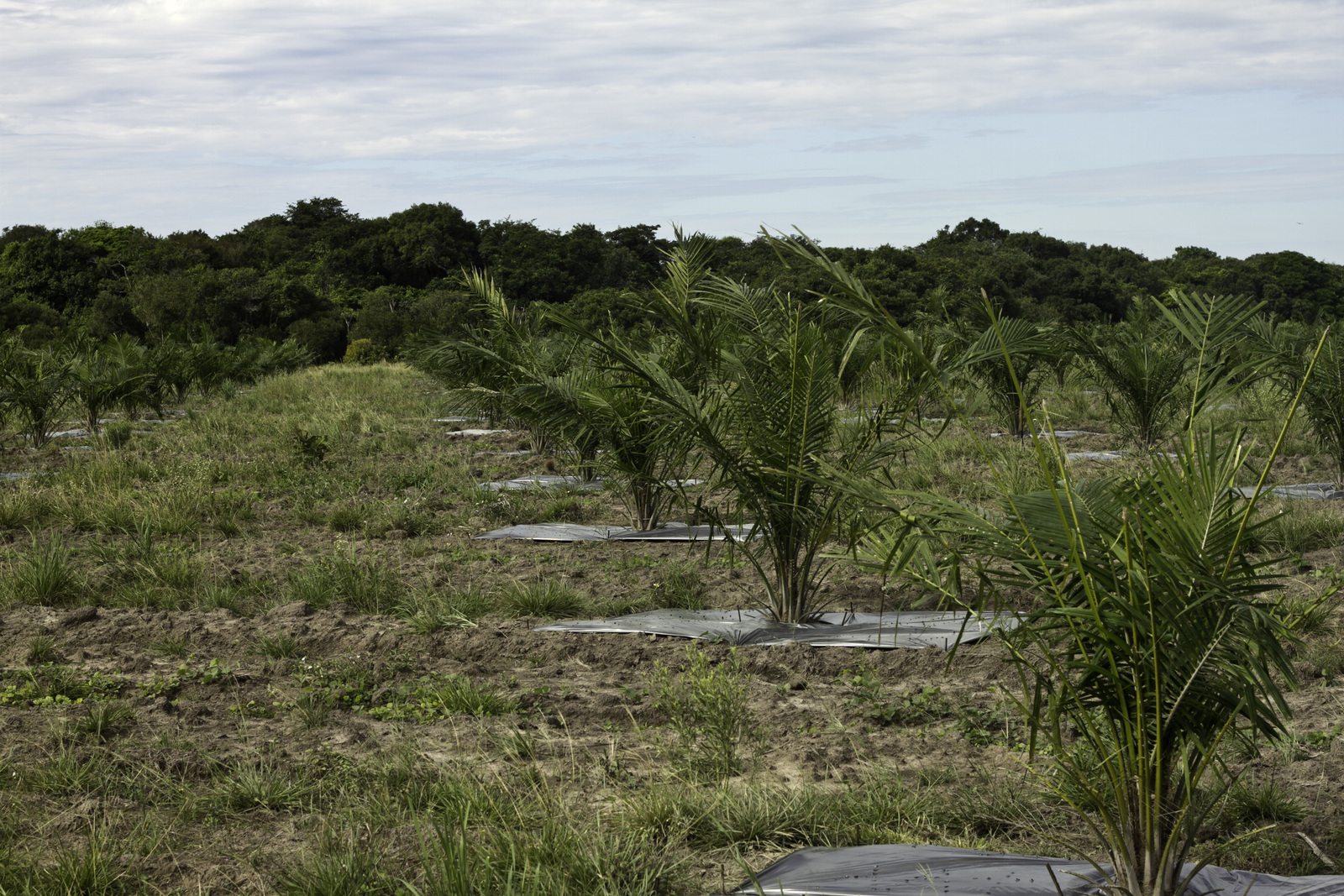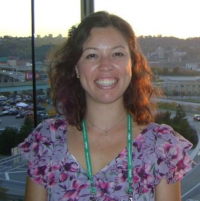The Orinoquía region of Colombia, the second largest savanna system in South America, faces an agricultural development boom that could threaten biodiversity and ecosystem services. Agricultural organizations have teamed up with scientists and conservation planners to help the government evaluate the impacts of land use change and potential consequences for nature and people.
OUR APPROACH: The team collaborated with partners and stakeholders to synthesize data related to ecosystem services, land use, digital soil mapping, biodiversity, and hydrology, and to track potential development projects.
Team Status:

Datasets and Maps of Biodiversity and Soil
The team created a data set of vertebrate species and plants associated with different crops in the Orinoquía Region, as well as detailed soil carbon and land-use maps that are available on the web at their Orinoquía Dashboard. These data sets and maps will inform future land-use planners on how to work with the environment rather than to disregard it, while also developing the region.
A Decision Support Framework
The team recognizes that land-use change is inevitable in under-developed regions, such as the Orinoquía, so they developed a framework that takes into account competing economic and environmental objectives in order to suggest action plans. Through using spatial analysis, the team can address agricultural production value, biodiversity conservation, and ecosystem services retention within their framework. The two categories of outputs of the framework are spatially explicit solutions that zone each commodity and natural areas, and trade-off analyses of competing objectives.


“This work demonstrates the power of existing data and knowledge for developing innovative approaches to help decision-makers pursue development measures and maximize ecosystem services.”
– Mayesse Da Silva, Project co-leader
Leaders
Tomas Walschburger
Mayesse Da Silva
German Forero-Medina
Glenn Hyman
Members
Brooke Williams
Tatiana Escovar
Silvia Alvaréz
Hedley Grantham
Carlos Rogeliz
Advisors